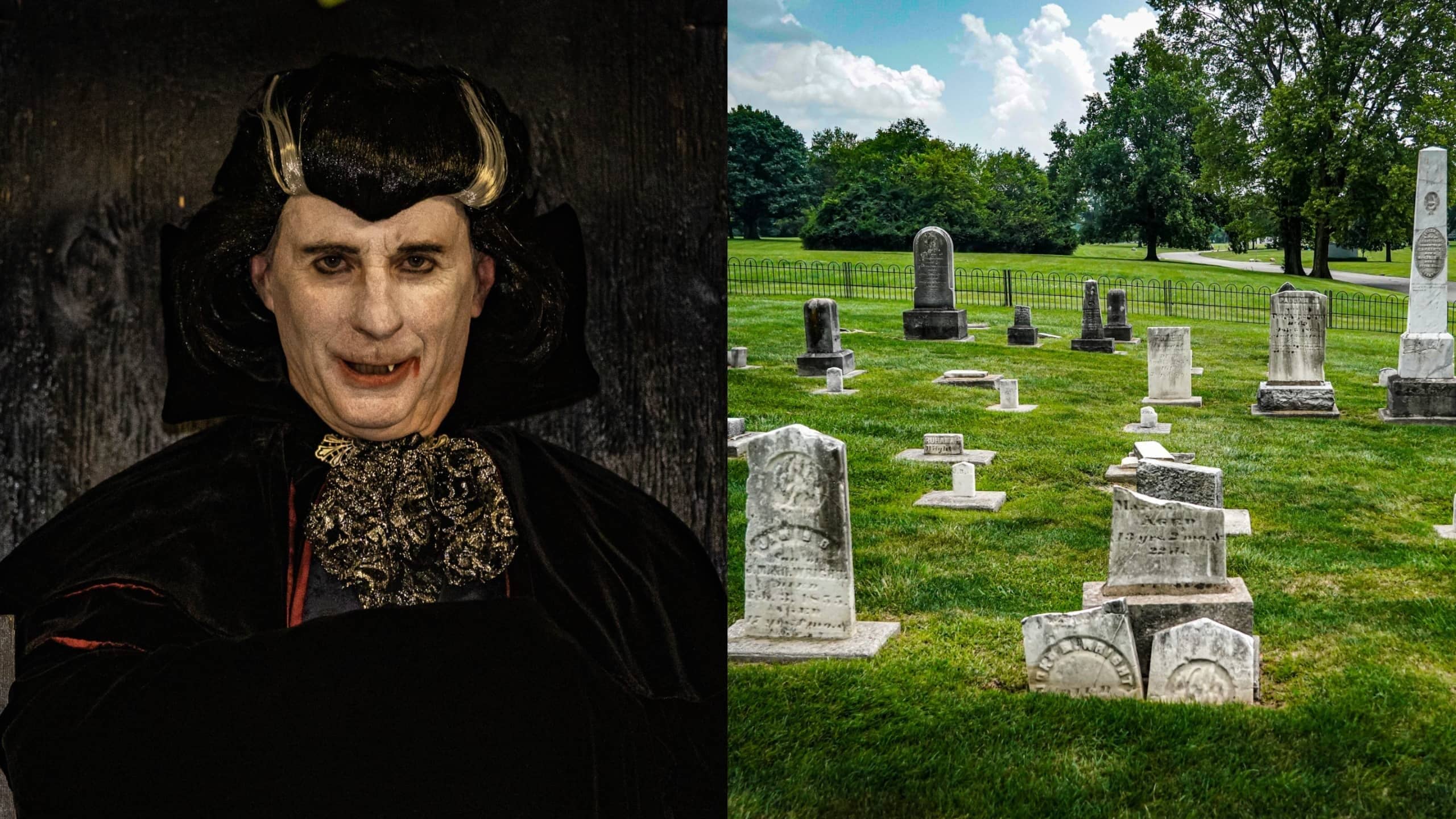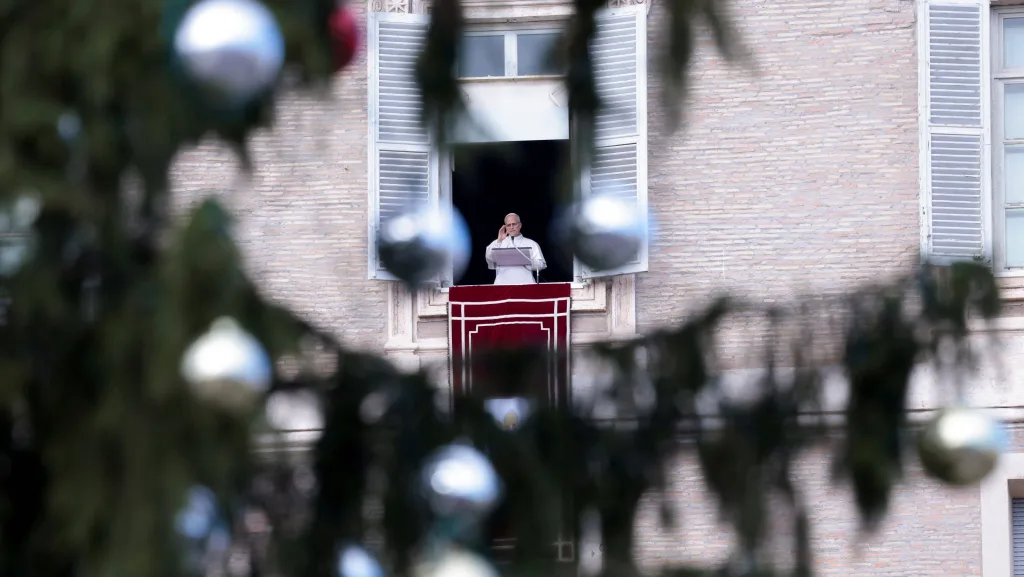
A recent discovery in Poland has sparked renewed interest in how older societies viewed the afterlife and the possibility of vampires. October 29, 2024.
© Nathan J Fish/Sun-News + © Michelle Pemberton, IndyStar/ USA TODAY NETWORK
(Poland) – Just in time for Halloween, a spooky discovery at a burial site in Europe is sparking renewed interest in vampires. In Pien, a small village in southeast Poland, a woman died and was buried sometime in the mid 1600s. That’s not so noteworthy. But what does standout is the fact she was buried with a sickle or scythe blade covering her neck — and a padlock around her toe.
The woman — named Zosia by researchers — was likely a person of some status when living, as she was buried with a silk cap. But her lofty status didn’t stop concern about her possibly being evil. Zosia’s skull features one exceptionally long incisor, and it appears there was some concern she may have returned after death as a vampire. For that reason, researchers suggest the burial with a blade over her neck was intended to sever her neck or head if she rose.
Researchers also say that Zosia’s burial was done in a cemetery that was utilized for individuals who had been excommunicated. One of the other women found buried there showed signs of advanced syphilis. Other bodies were weighed down or had coins placed in their mouths. Still others had their legs cut off so as to limit the ability to reanimate post death.
The research concludes many of these bodies and burials were connected to a rise in concern about vampiric activity in Poland, during the 1600s.














